China's Quest for Martian Supremacy - Tianwen-3 Mission Aims for Historic Sample Return
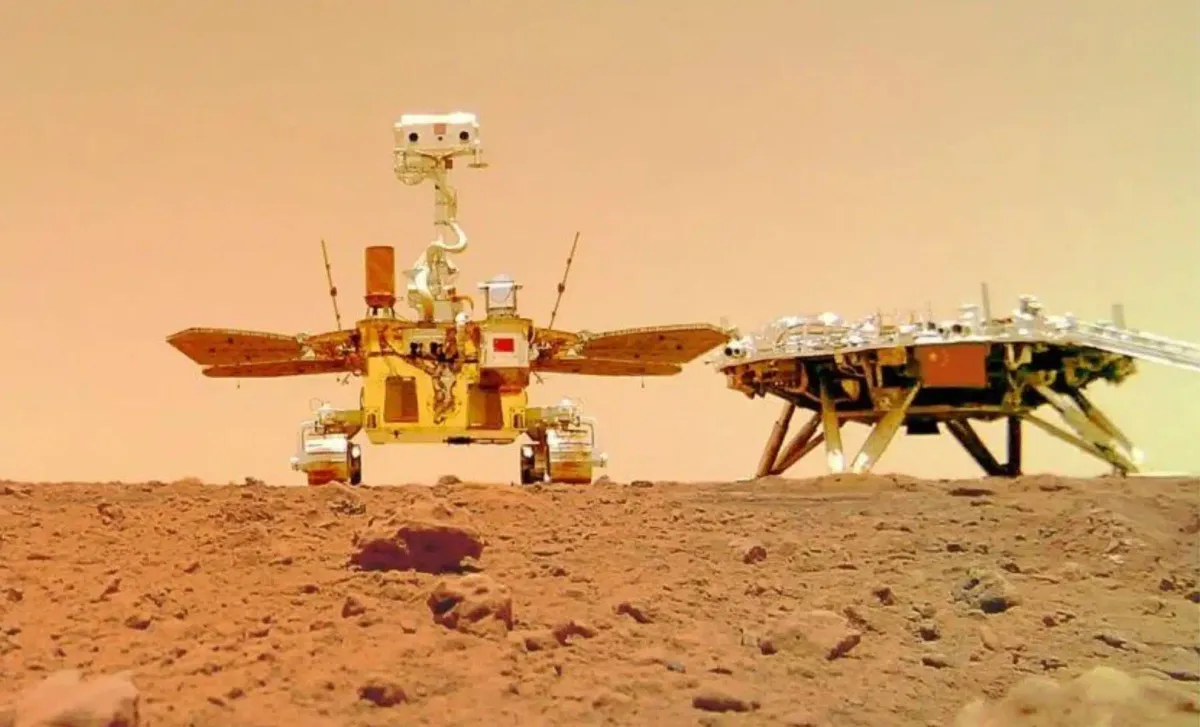
China's Ambitious Plan to Bring Martian Samples to Earth
China's space program is gearing up for a historic achievement with the Tianwen-3 mission, aiming to collect samples from Mars and deliver them to Earth in 2031 – a feat that will put China two years ahead of a joint NASA and ESA mission.
Tianwen-3 Mission Overview
The Tianwen-3 mission is a groundbreaking endeavor that will involve two heavy-lift Long March 5 rockets, with the first launch expected in 2028. This ambitious project marks a significant milestone in China's space exploration program, demonstrating its capabilities in interplanetary travel and sample return technology.
Sample Collection and Return Strategy
The mission will comprise an orbiter, a lander, and an ascent vehicle. The lander will touch down on Mars, collect samples using a drill and robotic arm, and store them in a container. The ascent vehicle will then take off from Mars, rendezvous with the orbiter, and transfer the samples. Finally, the orbiter will embark on its return journey to Earth, carrying the precious Martian samples.
Significance of the Tianwen-3 Mission
The success of Tianwen-3 will not only mark a historic achievement for China's space program but also provide invaluable insights into Martian geology, composition, and potential biosignatures. The returned samples will be subjected to rigorous scientific analysis, greatly enhancing our understanding of the Red Planet and its mysteries.
Tianwen-3: A Complex Mission with Unprecedented Goals
The Tianwen-3 mission represents a significant milestone in China's space exploration program, combining the expertise gained from previous lunar sample return missions, such as Chang'e-5, with the ambitions of its Mars exploration program. This innovative approach aims to achieve something truly remarkable – returning samples from the Martian surface to Earth.
A Multi-Phase Mission with Precision Planning
Liu Jizhong, the mission's chief designer, has revealed the intricacies of the plan. The Tianwen-3 mission will involve a Martian orbiting sample container, designed to store the precious samples collected from the Martian surface. In addition, a return capsule will be deployed to transport the samples back to Earth, ensuring their safe return.
Pushing the Boundaries of Space Exploration
The Tianwen-3 mission's unprecedented goals demonstrate China's determination to push the boundaries of space exploration. By combining the expertise gained from previous missions and applying it to the challenges of Mars sample return, China is poised to make history and significantly contribute to our understanding of the Red Planet.
China's Space Program: A Rapidly Rising Power
China's space program has made tremendous strides in recent years, cementing its position as a leading player in space exploration. One of the most notable achievements was the successful landing of the Zhurong rover on Mars in 2021, marking a historic milestone in China's interplanetary endeavors.
Significant Successes and Ambitious Goals
The Tianwen-3 mission represents a major step forward for China's space program, showcasing its capabilities and ambitions. This mission is not only a testament to China's technological advancements but also demonstrates its commitment to pushing the boundaries of space exploration.
Aims and Objectives
The primary objective of the Tianwen-3 mission is to retrieve samples from Mars and return them to Earth, a feat that has never been accomplished before. This mission aims to provide invaluable insights into the Martian geology, composition, and potential biosignatures, thereby significantly contributing to our understanding of the Red Planet.
The Significance of Mars Sample Return
Mars, often referred to as the Red Planet, has long fascinated humanity with its mystique and potential for supporting life. Among the numerous celestial bodies in our solar system, Mars is considered one of the main candidates for a planet that could sustain life beyond Earth. The possibility of life on Mars, whether in the past or present, makes it a prime target for scientific research and exploration.
Unraveling Martian Secrets
Returning samples from Mars will provide scientists with valuable insights into the planet's geology, composition, and potential biosignatures. By analyzing Martian samples, researchers can gain a deeper understanding of the planet's formation and evolution, as well as its potential habitability. This knowledge will help address fundamental questions about the origins of life in our solar system and the possibility of life existing elsewhere.
A New Era of Space Exploration
China's Tianwen-3 mission marks a significant milestone in the pursuit of Martian supremacy, heralding a new era of space exploration. This ambitious endeavor is part of a larger global effort, with multiple countries and organizations vying for dominance in the vast expanse of space.
Global Space Race Intensifies
The success of the Tianwen-3 mission will have far-reaching implications, setting a new benchmark for space agencies and private enterprises alike. As the world watches with bated breath, the outcome of this mission will significantly influence the trajectory of space exploration and the quest for life beyond Earth.
Implications for Future Space Exploration
A successful sample return from Mars will not only be a historic achievement but also pave the way for further human exploration and potential settlement. The scientific discoveries and technological advancements that emerge from this mission will be crucial in shaping the future of space travel and habitation.
Search for Life Beyond Earth
The Tianwen-3 mission's focus on searching for signs of life on Mars underscores the profound implications of this endeavor. A discovery of life beyond Earth would be a groundbreaking find, challenging our current understanding of the universe and our place within it.
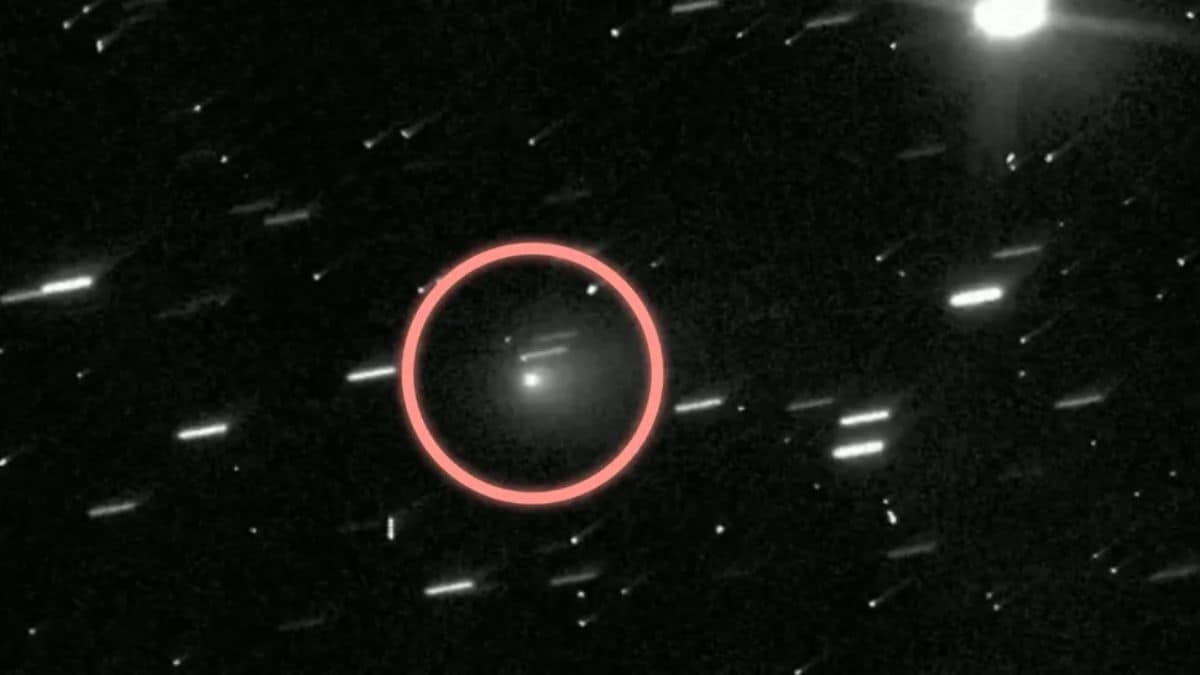



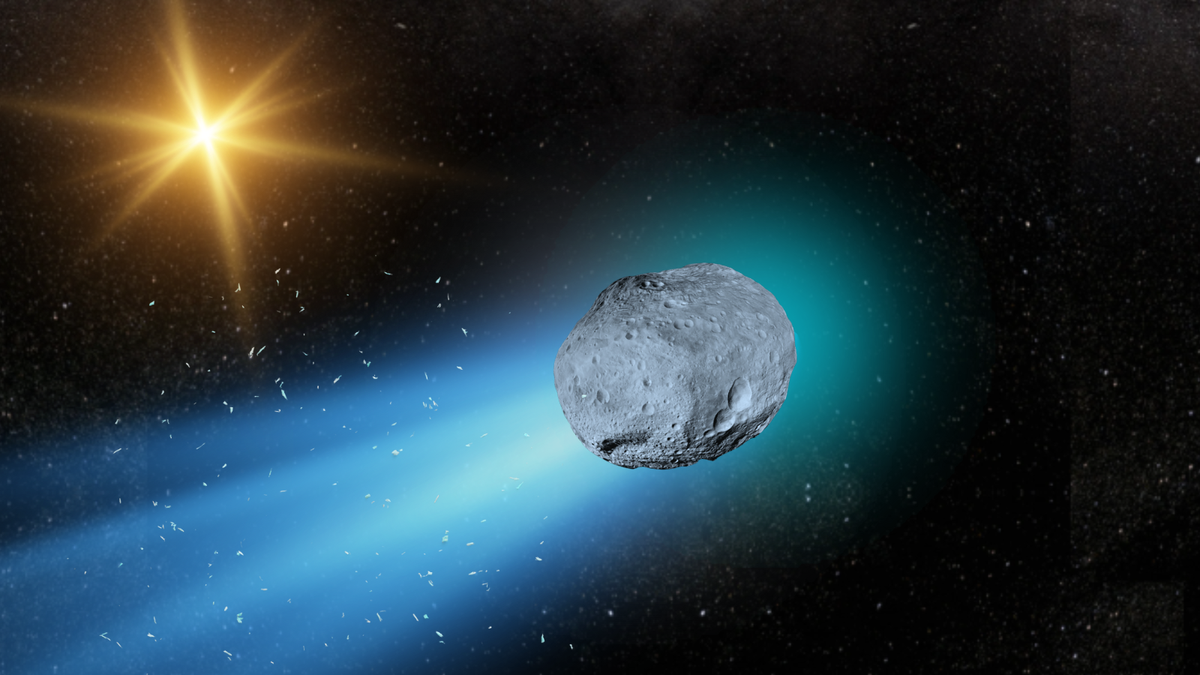
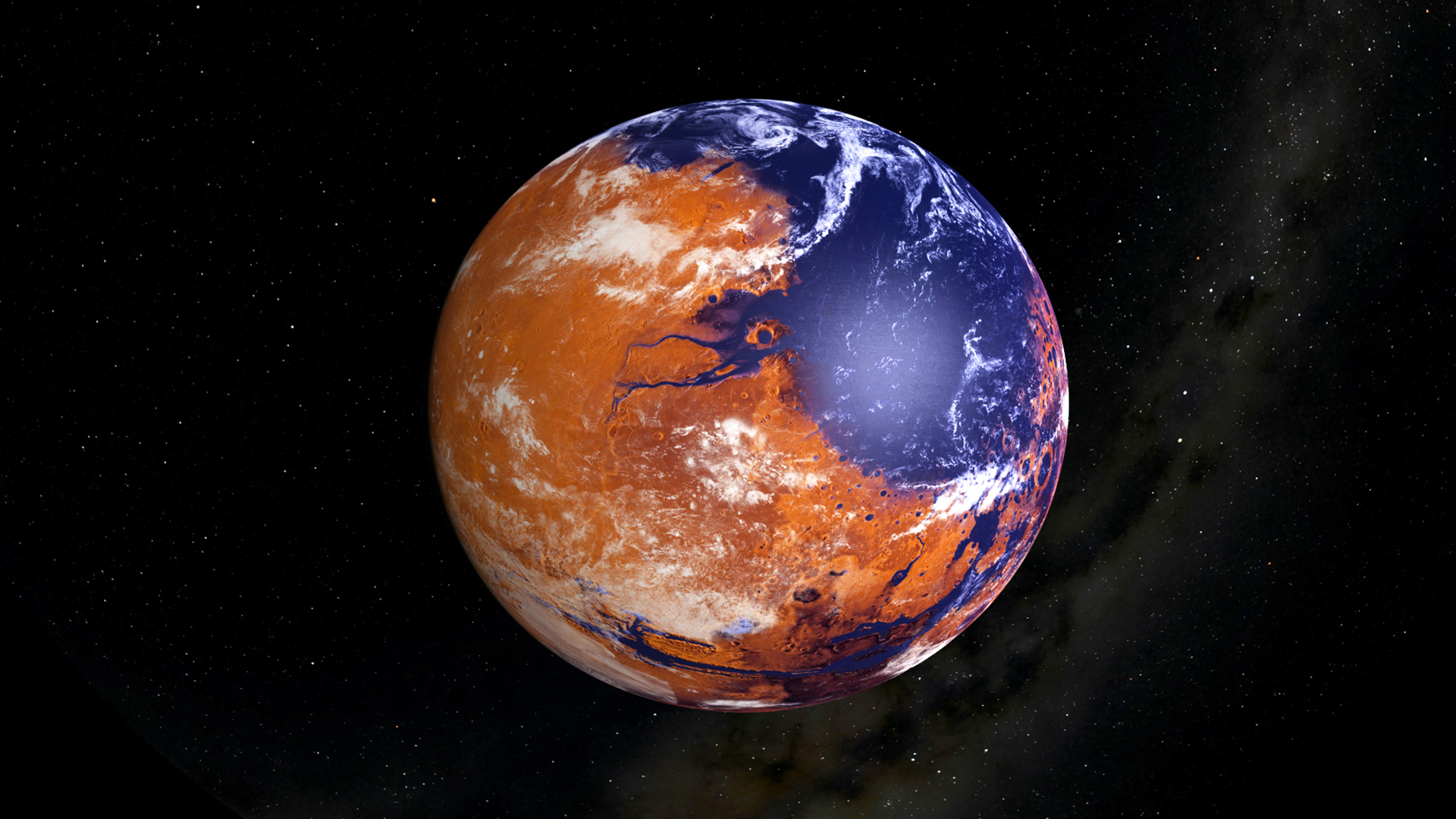

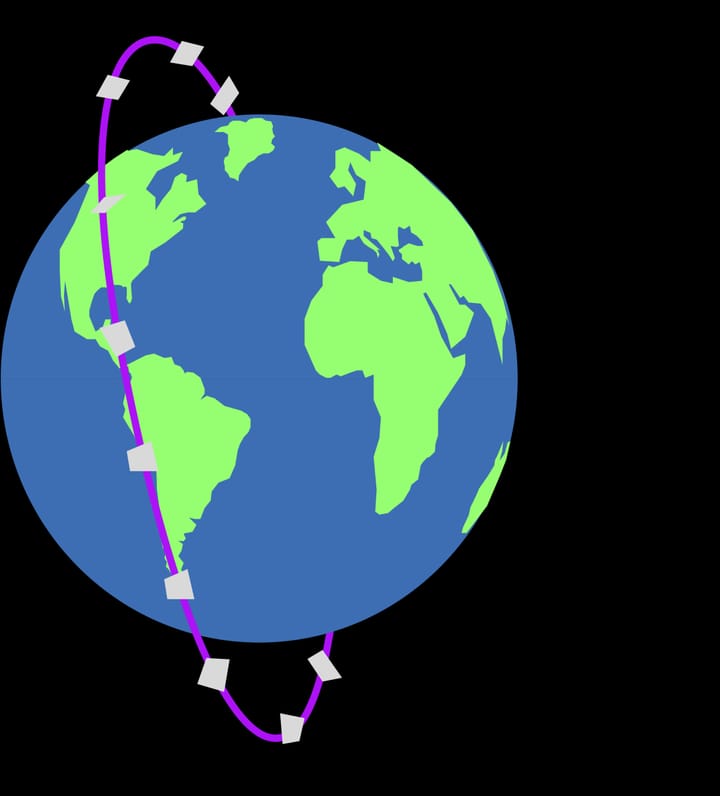









Comments ()